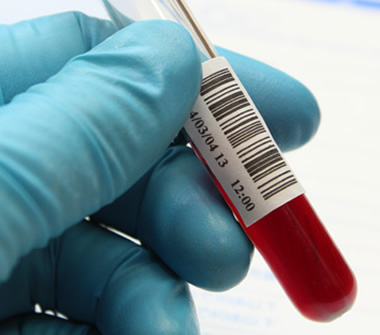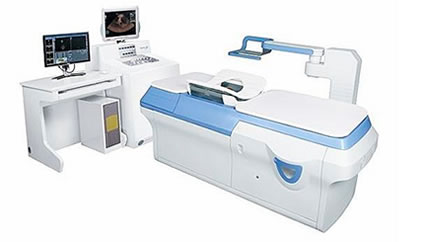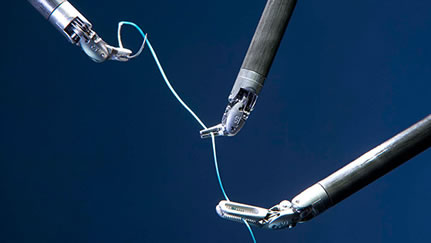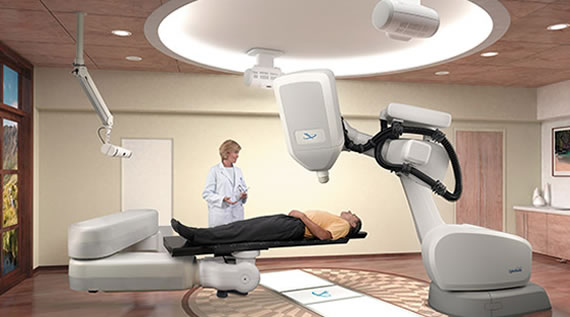Information on Prostate Cancer
How To Live With Prostate Cancer
 You’re probably here because either you or someone you care about has recently been diagnosed with prostate cancer. It’s normal to have fears and questions but know we are here to help. Please use this section to help guide and educate yourself about prostate cancer. Prostate cancer is usually slow growing but once you have been diagnosed it is important to learn as much as possible, consider all of your options, and create a plan. The five-year survival rate is almost 100% so don’t give up. Always speak with your doctor and further discuss the options available to you. |
Start Here:
- Better understand your diagnosis
- Learn about the treatment options available to you as well as the pros and cons of each treatment
- Feel free to ask any questions directly to Dr. David Samadi.
 You Are Not Alone.Prostate cancer is both treatable and manageable so have hope and never give up. There are many options to explore but it’s always best to educate yourself as much as possible and talk with your doctor and create a plan. Monitoring the cancer in the prostate closely through various scheduled tests such as the PSA, DRE, and ultrasound. Biopsies for your prostate may also be options in order to make sure the cancer is not becoming more aggressive. Simply monitoring for any changes in symptoms is a less intensive method that will help decide what further treatment is needed. There are various methods of treatment for prostate cancer from surgery to radiation and therapy. Once you have been diagnosed, it is vital that you collaborate with your doctor to determine which treatment option is best for you. |
Treatment options for men with prostate cancer include:
|
 HIFUHigh-intensity focused ultrasound (HIFU) is a new and lesser-known technique that applies heat (85°-95° C) to the prostate gland through an endorectal probe in order to destroy the cancer. Due to the lack of data and history of this treatment, the true effectiveness is still unclear. |
SURGERY
With surgery the doctor is able to get the most accurate staging of the prostate cancer. Surgery will also tell the doctor whether the cancer is more or less than originally diagnosed and will tell you exactly how much cancer is in the prostate. Surgery options may include the following:
|
 Robotic-assisted laparoscopic radical prostatectomy (RALRP)The latest in minimally invasive surgery, offering the most recent advances in robotics and computer technology for a patient with prostate cancer is the da Vinci Robotic Prostatectomy. Robotic surgery incorporates a state-of-the-art surgical system which enables a precise surgical procedure with reduced risks, minimal side-effects, and quick recovery time for patients. |
Although every patient is treated with a case-by-case method, when opting for surgery, the da Vinci Robotics Prostatectomy is the preferred method over all others as it allows experienced surgeons such as Dr. David Samadi, more visibility, maneuverability, and precision when ridding cancer from the prostate and it has the most crucial advantages for the patient such as:
|




